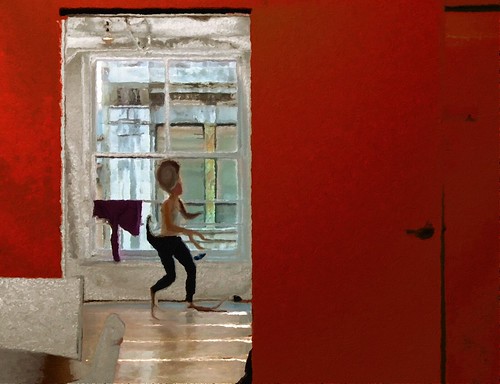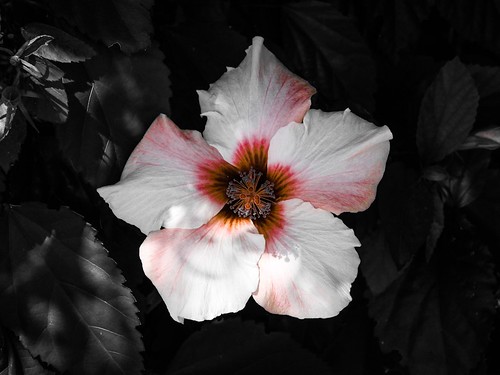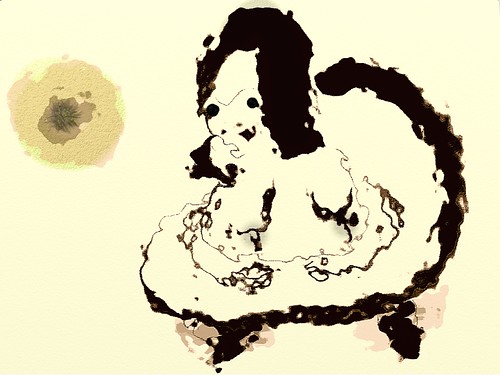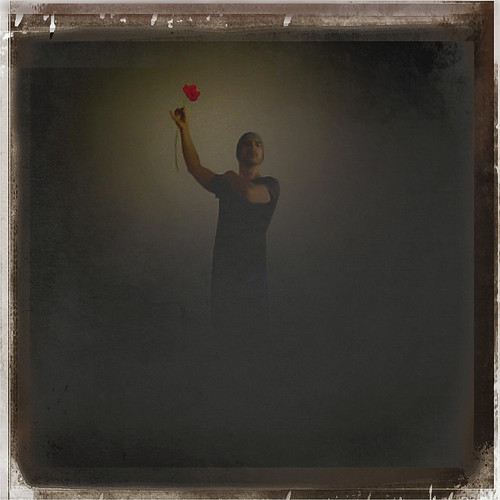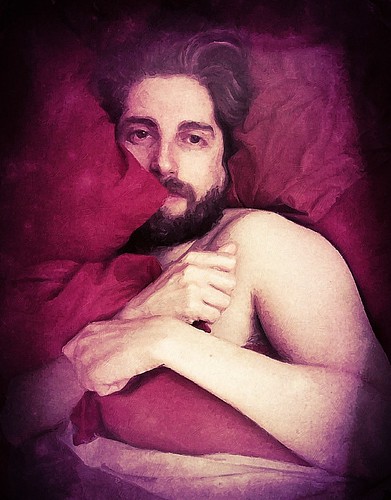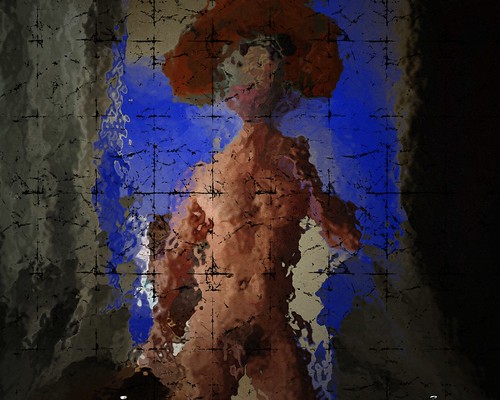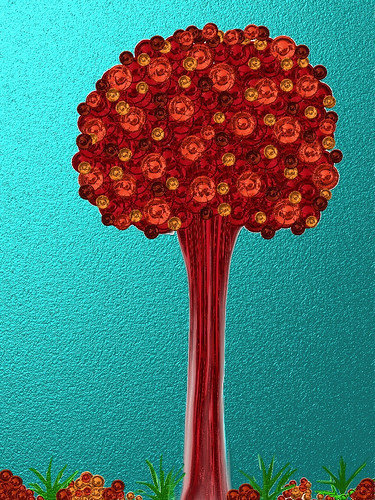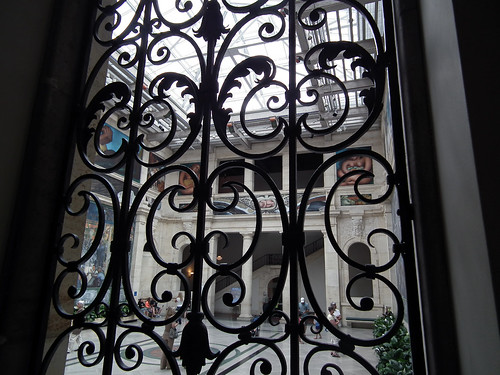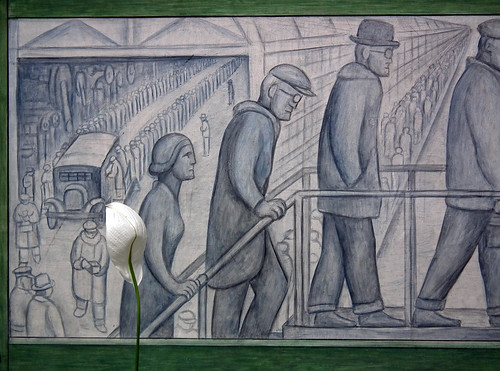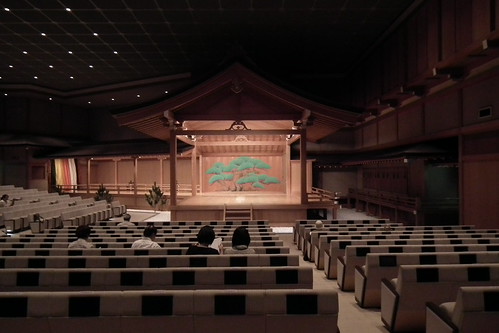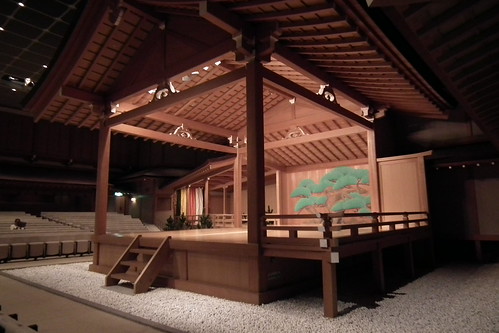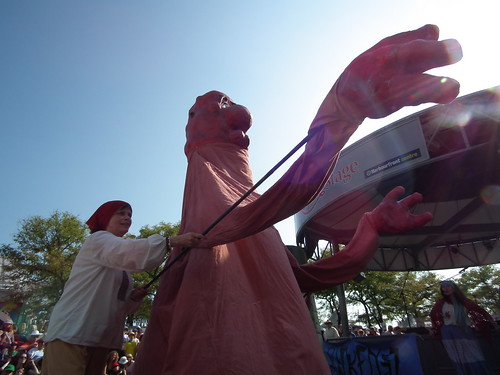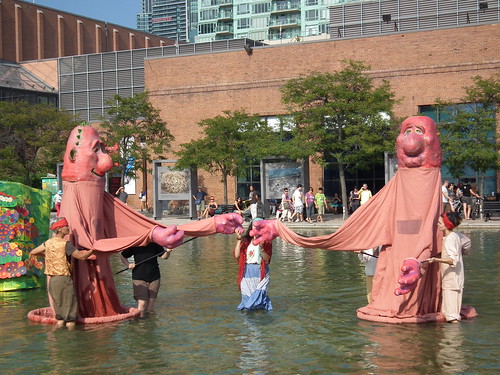 |
| The young poet Henrik Ibsen |
Henrik Ibsen is recognized worldwide as a revolutionary playwright and it is said that his plays, even today, are the most performed on stage after Shakespeare’s; but Ibsen, in his native Norway and in the Scandinavian countries in general, is also recognized as a poet of great talent - in fact, he is the national poet of Norway (1). The cliché of his fame in his native country in relation to the Norwegian language is the same credited to Shakespeare with English or Cervantes with Spanish, no less. But his poetry, apparently too nationalistic or local (though no great poet is local only, I would say...) is virtually unknown outside Scandinavia, and even his plays written in verse have seen their poetic characteristics "erased" from them due to the translations that have been made of them. Let's not forget that translating from Norwegian to English or, worse, to Spanish, is extremely difficult - in the case of Ibsen it was from Dano-Norwegian, as it was called in his time, when Norwegian was not yet recognized as a language but as a dialect which used a lot of Danish words to become "literary" -, the rhythm and musicality of poetry are easily forsaken in order to maintain consistency with the dramatic text. That’s a pity, no doubt.
So, if today Ibsen’s work as a poet is unknown to most of the world, much more so is the time when our famous playwright had not yet taken realism as his battle horse.
While learning the art of success for the theater (which cost him blood and tears) the young Ibsen made his living as a critic, and his views were clearly marked by his love and respect for what he considered the highest quality in theater: poetic theater. No wonder then that the revolution caused by photography and Realism in European theater (though not yet Naturalism) wasn’t to his liking.
In the biography of Ibsen written by Michael Meyer I found some small passages and quotations about the times of Ibsen the defender of poetry in drama and ardent critic of the new realistic fashion coming from France that flooded Danish and Norwegian theatres. In these comments we see an Ibsen little known to the world, criticizing what later became his gateway to global stardom, but curiously we also discover in his critique full of conservatism a visionary regarding the levels that the Realistic movement would achieve in future, even to the present day.
Here's the quotation from Meyer’s book:
“On 11 October 1857, less than six weeks after his arrival in Christiania, we find him castigating the theatre-goers of the capital for their lack of taste. The play under review was Hans Andersen's A Country Tale, adapted by Salomon Mosenthal's Der Sonnenwendhof; and Ibsen warned his readers that it could hardly expect a long run, since "its quality is essentially poetic. This is the age", he continued, "of transparencies, of clever technical effects. Technique, in the most superficial meaning of the word, is the only thing the public is capable of appreciating, and the theatre is perfectly justified, from a financial standpoint, in continuing as hitherto to present more recent French works which have for so long constituted the basic diet of our repertory. These plays commonly display a skilled technique, which the public likes, and, which is probably even more to their taste, they have nothing whatever to do with poetry." Ibsen goes on to express sentiments which may surprise those, still, sadly, a majority, who think of him principally as a social realist on the strength of a few plays which he wrote in the middle of his career. Many people, he writes, "will regard this play as both untrue and unwholesome, because it does not bear a photographic resemblance to reality … People demands reality, no more and no less. That art should elevate is not a popular conception." The only limitation of photography, he concludes ironically, is that it cannot, except in abstract kind of way, reproduce colour; but this, doubtless, will soon be remedied, and an even greater realism will result, a tendency which art and poetry will doubtless follow in their quest for further popularity.
Two months later, in a tribute to the actor Anton Wilhelm Wiehe published in Illustreret Nyhedsblad on 13 Decemeber, Ibsen returned to the attack on modern French drama and photographic realism. Denouncing the former as "lacy weavings," which "so sadly flaunt virtuosity at the expense of art," and "can only degrade art into the vulgar emptiness of 'effect', he praises Wiehe for his "spirited pursuit, not of banal realism, but of truth, that loftier, symbolic representation of life which is the only thing artistically worth fighting for, yet the existence of which is acknowledged by so few"- (2)
 |
| Salomon Mosenthal, author of Der Sonnenwendhof. |
 |
| Cover of Der Sonnenwendhof libretto |
 |
| Anton Wilhelm Wiehe, actor of "poetic theatre" |
In my head stir all these initial conceptions of Ibsen, the realist, from my first theater studies around Realism, so reading and thinking about him as an advocate of ‘spiritual reality’ through poetry in the theater sounds like an idea coming from another world.
Certainly, an unrecognizable Ibsen, but one that actually existed, and our recognition of that phase of his creative life could help us to have a better appreciation of his complete work, not only one part of it as apparently has happened.
People change over time, artists even more so, we are inherently unstable and we follow exploratory paths, either because of a deeply artistic interest or because we’re being pushed by our own life situation; some attempt to hide their changes and the changes of others are simply deleted by history, which chooses and edits in accord of its own interest.
Texts, photographs and videos in this Blog are all author's property, except when marked. All rights reserved by Gustavo Thomas.
If you have any interest in using any text, photograph or video from this Blog, for commercial use or not, please contact Gustavo Thomas at gustavothomastheatre@gmail.com.









